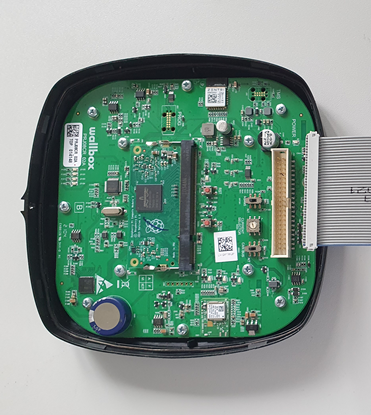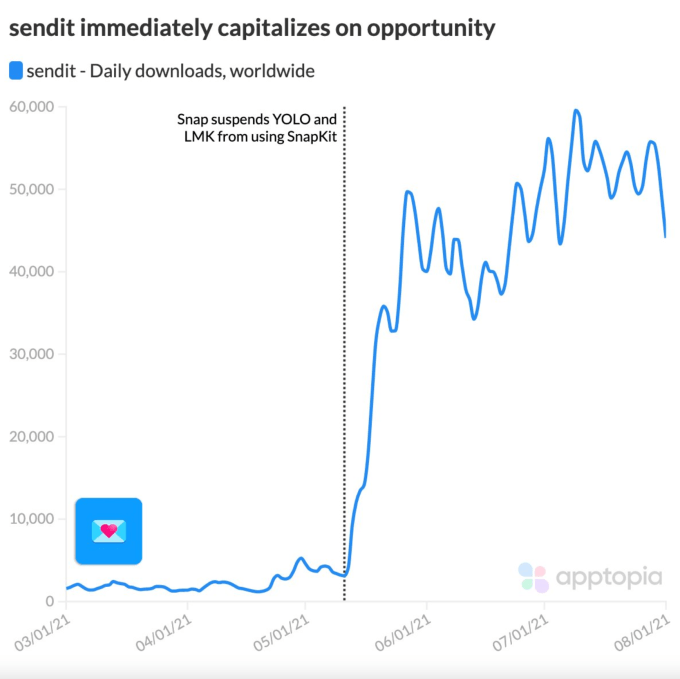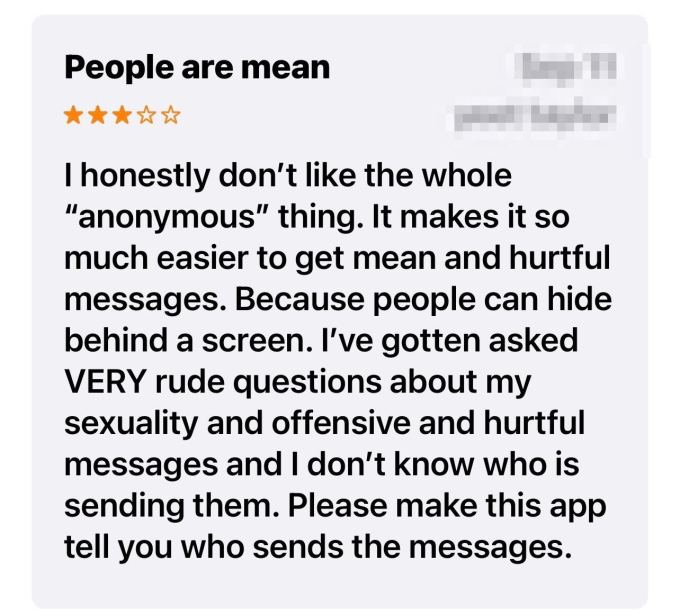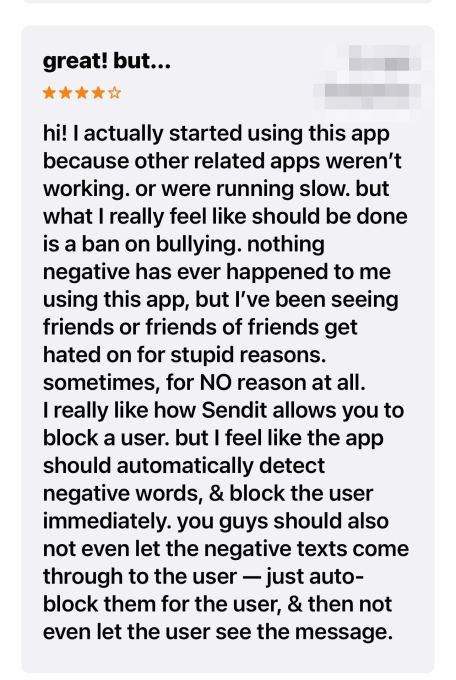News: Lyft reaches adjusted profitability milestone despite continuing net losses
Today after the bell, U.S. ride-hailing company Lyft reported its second quarter financial performance. In aggregate the company’s performance was a rebound from the year-ago second quarter, which was heavily impacted by the onset of the COVID-19 pandemic and resulting lockdowns in the United States. Lyft also managed to produce positive adjusted EBITDA in the
Today after the bell, U.S. ride-hailing company Lyft reported its second quarter financial performance. In aggregate the company’s performance was a rebound from the year-ago second quarter, which was heavily impacted by the onset of the COVID-19 pandemic and resulting lockdowns in the United States.
Lyft also managed to produce positive adjusted EBITDA in the quarter, a profit metric favored by technology upstarts that have yet to generate net income, a stricter method of calculating profitability. Adjusted EBITDA for the second quarter was $23.8 million.
Company executives relished in hitting the milestone during the earnings call Tuesday. “This quarter we crossed a milestone that we’ve had our sights on for quite some time,” said co-founder and CEO Logan Green, who noted that last year at this time the company was facing a “once-in-a-century global pandemic hit that literally halted travel, and at the same time Proposition 22 was playing out in California.”
The company’s adjusted EBITDA reached a nadir in Q2 2020, when it totaled -$280 million. Since then Lyft has posted successive gains to adjusted EBITDA in every quarter. The company’s adjusted EBITDA margin came to 3% in its most recent quarter. After promising investors that adjusted profits would come, Lyft delivered.
Shares of Lyft are up nearly 7% in after-hours trading following the company’s financial report.
Lyft reported revenue of $765 million in the second quarter, more than double the $339.3 million million it brought in during the same period last year. While that is remarkable, remember last year at this time the economy and ride-hailing were getting pummeled by the COVID-19 pandemic. In other words, we expected this.
Importantly, Lyft’s Q2 revenue grew 25.6% over last quarter’s of $609 million. That means that despite rising case counts in the United States thanks to the Delta COVID-19 variant, Lyft still managed to grow.
The company said it had 17.1 million active riders in the second quarter, up 97% from the 8.68 million million riders it had on its network in the same period last year. In the first quarter Lyft said it had 13.49 million active riders in the first quarter. The company also saw more revenue per active user in the second quarter ($44.63) than it did in the year-ago Q2 ($39.06). The company’s revenue per active rider metric slipped slightly from its Q1 2021 result of $45.13.
Lyft’s growth bested street expectations, which anticipated revenues of $696.2 million, per Yahoo Finance data. Despite this growth, Lyft is still losing money when all costs are counted. Lyft reported a net loss of $251.9 million in the second quarter, a 42% improvement from the $437.1 million it lost in the same period last year, but still a steeply negative figure.
The company said that net loss for the second quarter includes $207.8 million of stock-based compensation and related payroll tax expenses, and the $20.4 million expense related to the previously disclosed agreement to reinsure certain legacy auto insurance liabilities.
In the second quarter, Lyft’s aggregate spend on cost of revenue related expenses rose, though that was to be expected given how sharply its revenues themselves expanded compared to the year-ago period. The company also managed to curtail G&A costs, and its “operations and support” line item. However, R&D costs and S&M expenses both expanded compared to the year-ago quarter.
Finally on numbers, what about cash? Despite managing to generate positive adjusted EBITDA in the last three months, Lyft operations consumed $37.5 million in cash during the quarter. Lyft’s operations have not generated positive cash flow since Q3 2019. But don’t worry that Lyft is about to run out of funds — it has more than $2 billion in cash to support its growth.
There are signs that Lyft’s business is maturing into something more profitable than it once was. The company’s contribution margin, a non-GAAP figure that is used to indicate profitability of its ride-hailing model sans corporate costs, rose to 59.1% in the second quarter, an all-time record result. In the year-ago period the metric fell to 34.6%, its worst result since Q1 2017.
Lest we all forget, Lyft is now free of its costly autonomous vehicle technology program called Level 5. Lyft sold Level 5 to Toyota’s Woven Planet Holdings. That deal closed July 13. The company during the call its expects to remove roughly $20 million of related costs in the third quarter, relative to the second quarter.
That doesn’t mean the company isn’t interested in getting into the robotaxi game.
Last month, Lyft announced a partnership with Argo AI and Ford to launch at least 1,000 self-driving vehicles on Lyft’s ride-hailing network in a number of cities over the next five years, starting with Miami and Austin. The first Ford self-driving vehicles, which are equipped with Argo’s autonomous vehicle technology, will become available on Lyft’s app in Miami later this year.
TechCrunch has tuned into the Lyft call and will update this story as needed.













